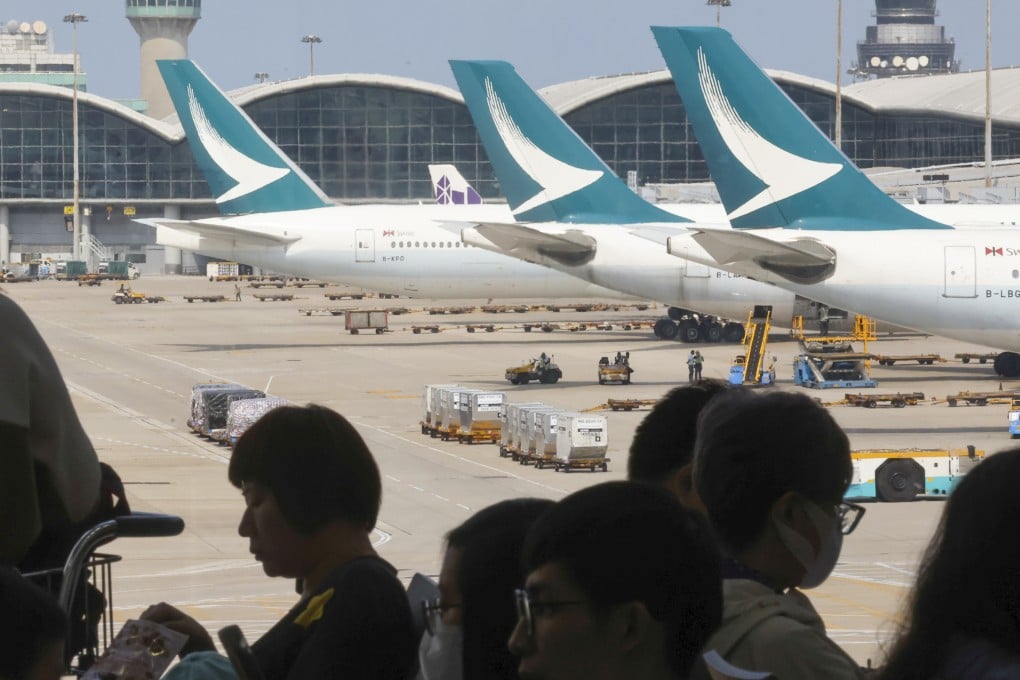Outside In | Hong Kong’s future as an aviation hub is up in the air
- After three pandemic years, global aviation is expected to return to profit this year, but some regions are recovering faster than others
- The Asia-Pacific is lagging behind North America, and Hong Kong, having faced severe reputational damage as a regional aviation hub, faces an uncertain road to recovery

In the early 2000s, I was tasked by the then Central Policy Unit to tackle the biggest aviation question of the day: would Hong Kong really need a third runway and when?
The conclusion was clear at the time: not only would a third runway be needed, but it would open and be operating at full capacity in the early 2020s. We suggested with a degree of embarrassment that the government would need to consider a fourth runway. The next question was where we might put it, with the awkward but compelling logic that it should be built for – and in cooperation with – the rest of the Greater Bay Area.
These were optimistic times when Hong Kong’s new airport at Chek Lap Kok held the world in awe, winning every global award going, and when Cathay Pacific year after year ranked among the world’s leading international airlines.
Scroll forward two decades, and those conclusions seem with hindsight to have been horribly wrong and naive. But could any scenario planner have anticipated the extreme shocks that would take global aviation to the brink of collapse?
